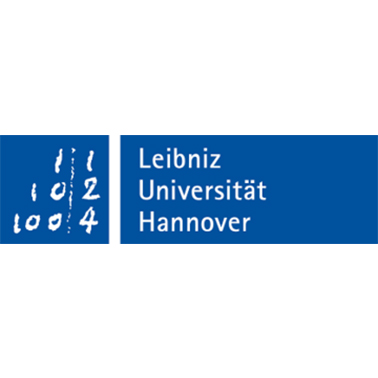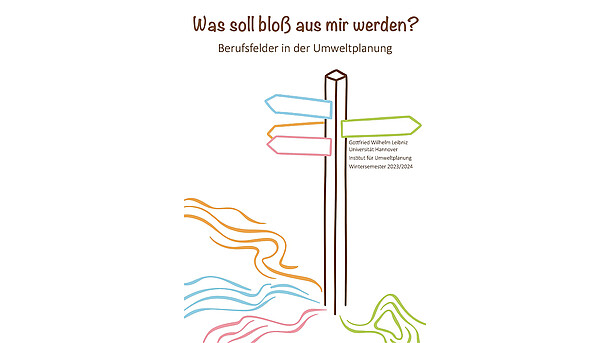QUANTIFY – Quantifying ecosystem services for decision support in landscape planning.

| Led by: | Dr. Christian Albert |
| Team: | Dr. Nina Buhr, M.Sc. Johannes Hermes, M.Sc. Felix Neuendorf |
| Year: | 2014 |
| Funding: | Leibniz University Hannover |
| Duration: | September 2012 - August 2014 |
| Is Finished: | yes |
The internationally widely discussed concept of ecosystem services captures the services of nature and landscape and describes their benefits for people. Primarily through the communication of the economic value of ecosystem services, public awareness ought to be raised and efforts should be taken to ensure the supply of ecosystem services in the long term. Also in Germany, the concept of ecosystem services is gaining increasing interest from politics and science. The concept is compatible with German landscape planning, which measures the capacity of landscapes to meet human demands (so-called landscape functions) on ordinal scales. However, the ecosystem services concept goes beyond this by quantifying the services provided and, if necessary, valuing them in economic terms.
The aim of this research project is, on the one hand, to further develop methods for the analysis of landscape functions in such a way that they provide information on the quantitative supply of ecosystem services. On the other hand, scientific insights shall be provided, as to which contributions a quantification of ecosystem services can make as additional information for planning decisions.
The research questions are:
- What criteria must methods for quantifying ecosystem services meet in order to be suitable for use in landscape planning?
- Which methods (indicators, models, and approaches) meet the identified criteria?
- How can appropriate ecosystem service quantification methods be translated into geographic information system (GIS)-based analytical models?
- To what extent are selected ecosystem services provided in a case study landscape?
- What is the significance of quantitative information on the supply of ecosystem services in a landscape as additional information for planning decisions?





